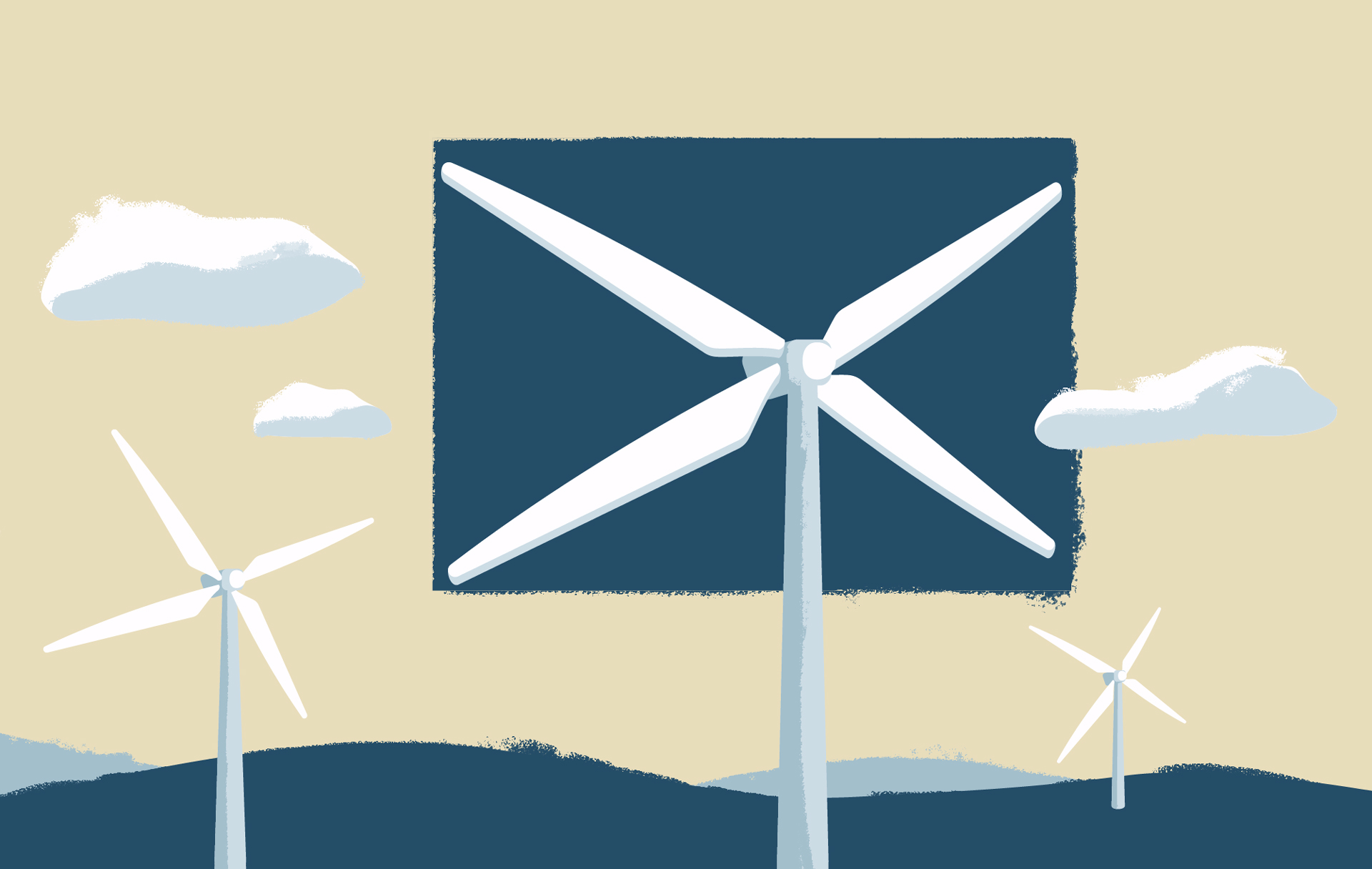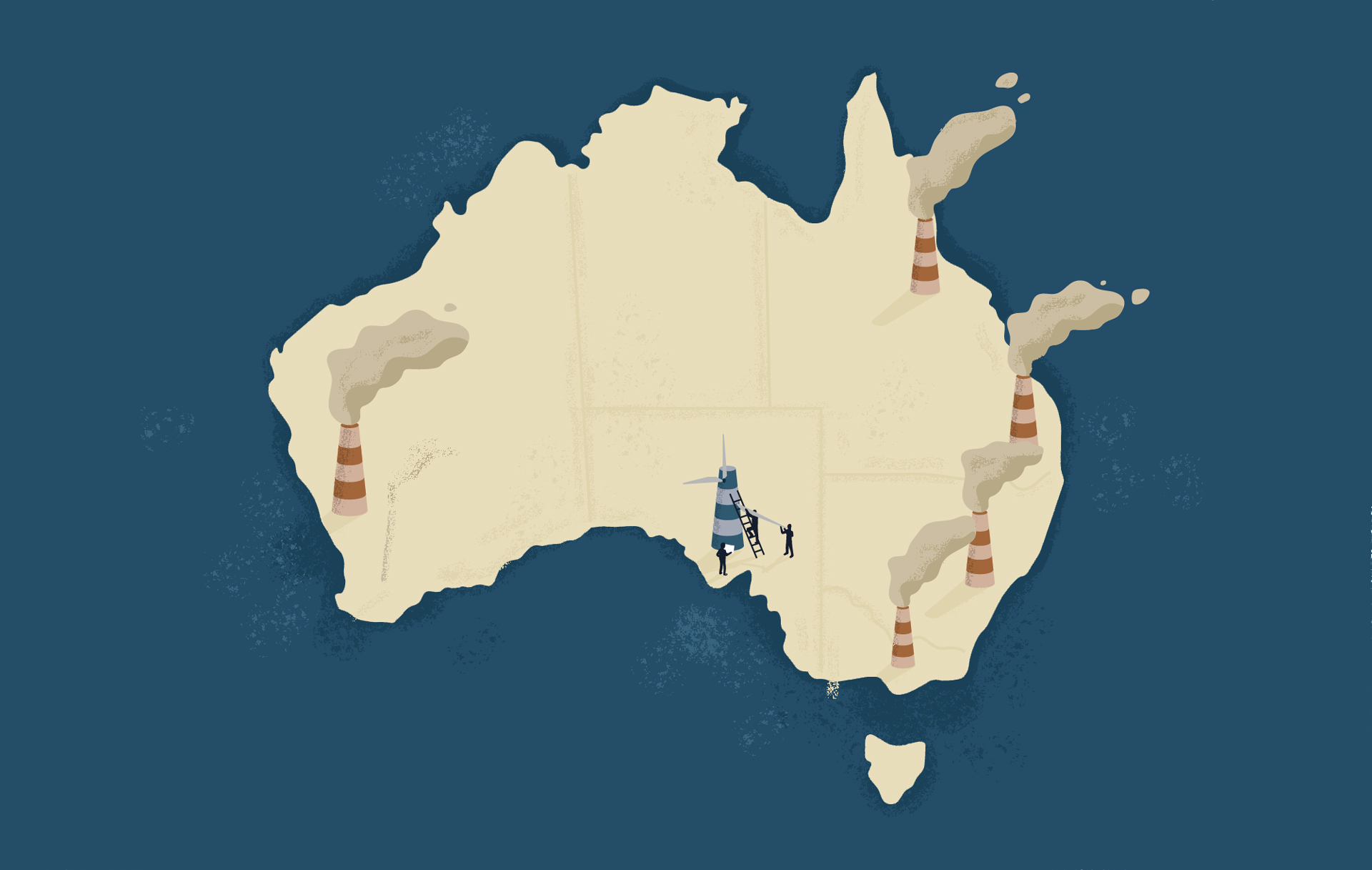Portugal got exactly three-quarters (75%) of its electricity from renewable sources in the first half of 2023, according to data collated by energy research group Ember.
That was partly thanks to a rebound in hydroelectricity output following a drought the year before, and a steady increase in wind and solar installations driven by an ambitious procurement programme that started in 2019.
Solar production was up 40% in a year, according to Ember analyst Matt Ewen, who says that figure may even be understated since the grid operator doesn’t report data on behind-the-meter rooftop solar.
“I don’t have any estimates of this, but anecdotally it seems like rooftop solar deployment has been quite substantial,” Ewen says.
In the first half of the year, wind was the single biggest contributor to the nation’s power mix, followed by hydro. The rising share of clean energy helped Portugal slash its gas consumption by 21% year on year, according to energy agency ADENE.
The country’s electricity mix has changed fast, with the share of renewables up from 27% in 2005 and 54% in 2017. The last coal-fired power plant was shut in 2021.
Certainty brings capacity: The brisk shift, according to the state’s energy plan, is partly attributable to the ongoing power procurement programme, which has improved clarity and predictability for renewable energy companies.
The procurement scheme, whereby companies bid for supply agreements, has also ensured that each grid connection point on offer is allocated to projects most capable of pushing down prices, the plan states.
The first auction in 2019, for a combined 1.4GW of solar PV, yielded “the lowest prices in Europe”.
While solar still accounts for a small share of the mix, Portugal plans to make better use of this resource going forward, stating that the technology has already helped it to decouple economic growth from emissions.
Time for some sun: According to the nation’s energy and climate plan, it will get to 80% renewable electricity on an annual basis by 2026, and 85% by 2030.
By the end of the decade, the country will have 20.4GW of installed solar PV capacity — a nearly tenfold increase from 2022 levels, per the plan. A quarter of that capacity will be on rooftops.
Meanwhile, Portugal will more than double its installed wind power capacity to 12.4GW by 2030.
According to S&P Global, Portugal will auction 3.5GW of floating offshore wind in 2024. That capacity should come online by the end of the decade.
And the country wants to add 200MW of wave energy, a technology already in use in places like Scotland.
While Portugal still has a long way to go to fully decarbonise its power system, it has already seen glimpses of what lies ahead.
Over a 12-day stretch between 26 October and 6 November, 2023, the country got nearly 100% of its electricity from renewables — mainly wind.










4 Responses
But how they are managing load in non solar hours is not mentioned anywhere.
Wind, storage and gas